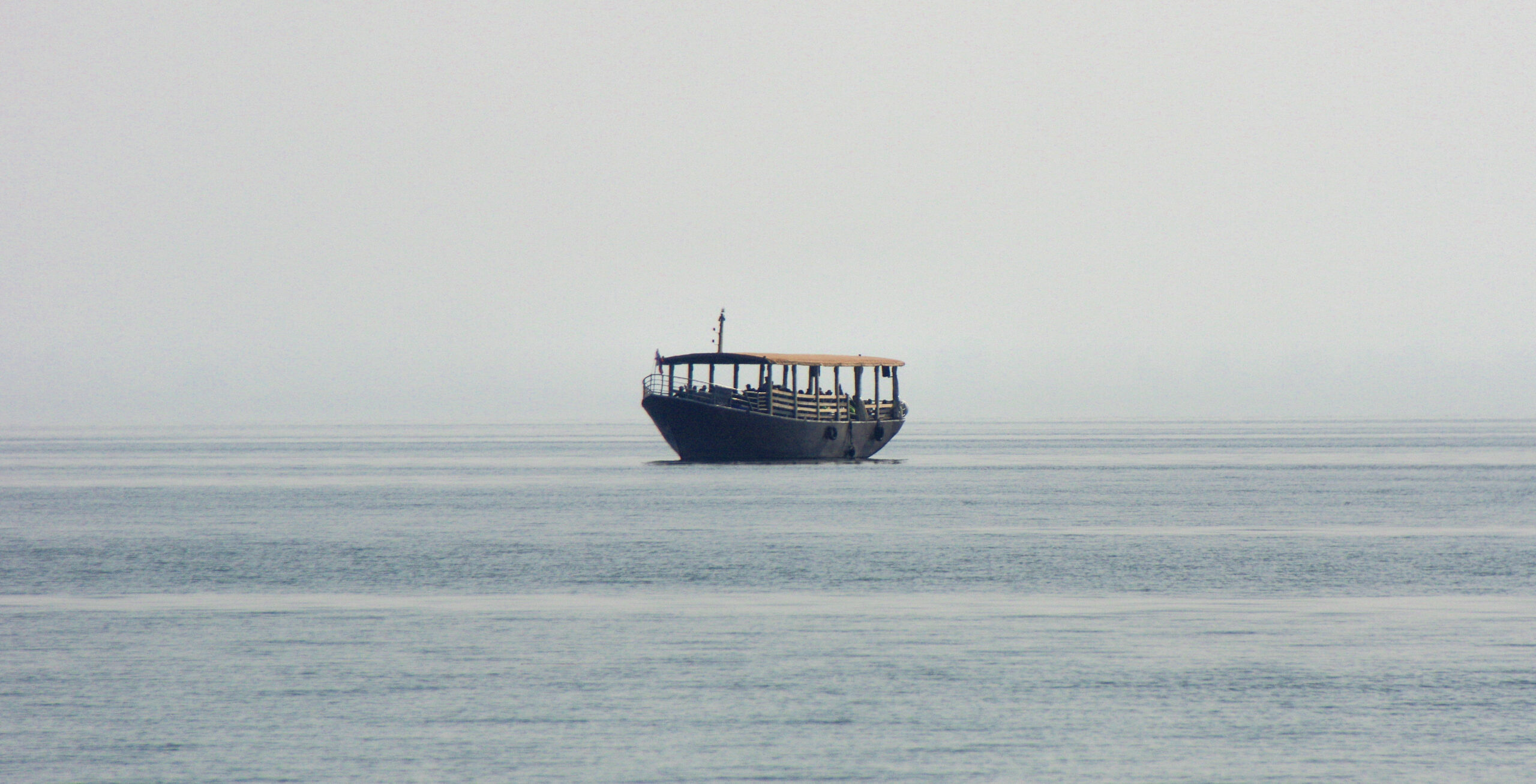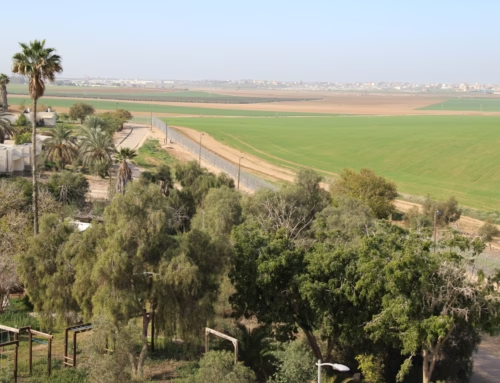High water in the Sea of Galilee
At the beginning of April, the Sea of Galilee approached its upper threshold and was only 32 centimeters below maximum capacity – which has not happened in 30 years

Historic sites in the region attract many tourists to the Sea of Galilee. Photo: Byron Howes
The water level in April was 209.12 meters below sea level which is above the highest red line; 208.8 meters below sea level. The Sea of Galilee thus had a water level that was 3.88 meters above the lowest red line, the critical level where the water quality drops and causes damage to the eco-balance.
Water levels in the Sea of Galilee have varied greatly in recent years. Only six years ago, the situation was extremely serious. Then, the water level sunk to 3.29 meters lower than at the beginning of April this year.
The Sea of Galilee is Israel’s largest freshwater lake, and although it is no longer used as the main source of drinking water, it is still seen as a significant measure of seasonal rainfall, reports the Times of Israel.
Desalination takes over
Although the Sea of Galilee is approaching its maximum capacity, there are safety measures in place to prevent flooding. If water levels exceed the upper red line, the Degania Dam, located at the southern end of the lake, opens. The water then flows into the Jordan River and down into the Dead Sea. The dam was completed in the early 1930s but ceased operations as a result of the Arab-Israeli war in 1948. In 1964, the purpose of the dam was to regulate the flow of water from the Sea of Galilee to the Jordan River, as the lake was the country’s water reservoir and main water source in Israel.
In the 2000s, a large-scale desalination of seawater was initiated, which has reduced the lake’s role as a water source.
War about water with Syria
The Sea of Galilee is the lowest freshwater lake on earth and the second lowest lake in the world, after the Dead Sea. Its surface is at most 166.7 km2 and its maximum depth is approximately 43 meters.
The lake has had many names throughout history: the Kinneret (the modern Hebrew name), the Sea of Galilee (Bible name), the Ginosar Sea (Talmud and Flavius Josephus) and the Sea of Galilee. Towards the end of the first century, the Sea of Galilee became widely known as Lake Tiberias after the Roman emperor Tiberius.
At the beginning of the 20th century, several Jewish kibbutzim were established around Kinneret, which is considered the cradle of the kibbutz culture of early Zionism. In 1964, Syria attempted to divert water flowing to the Sea of Galilee and so greatly reduce the flow of water into the lake. The conflict over these efforts culminated in the Six Day War in 1967, in which Israel conquered the Golan Heights which contain some of the water sources of the Sea of Galilee.



